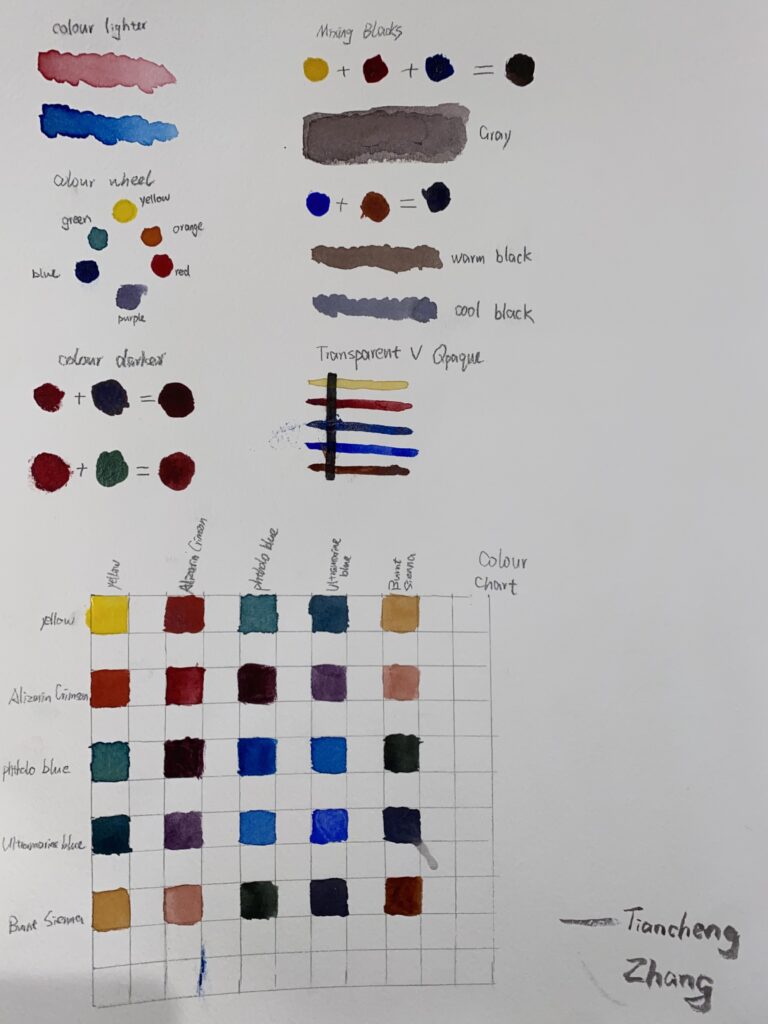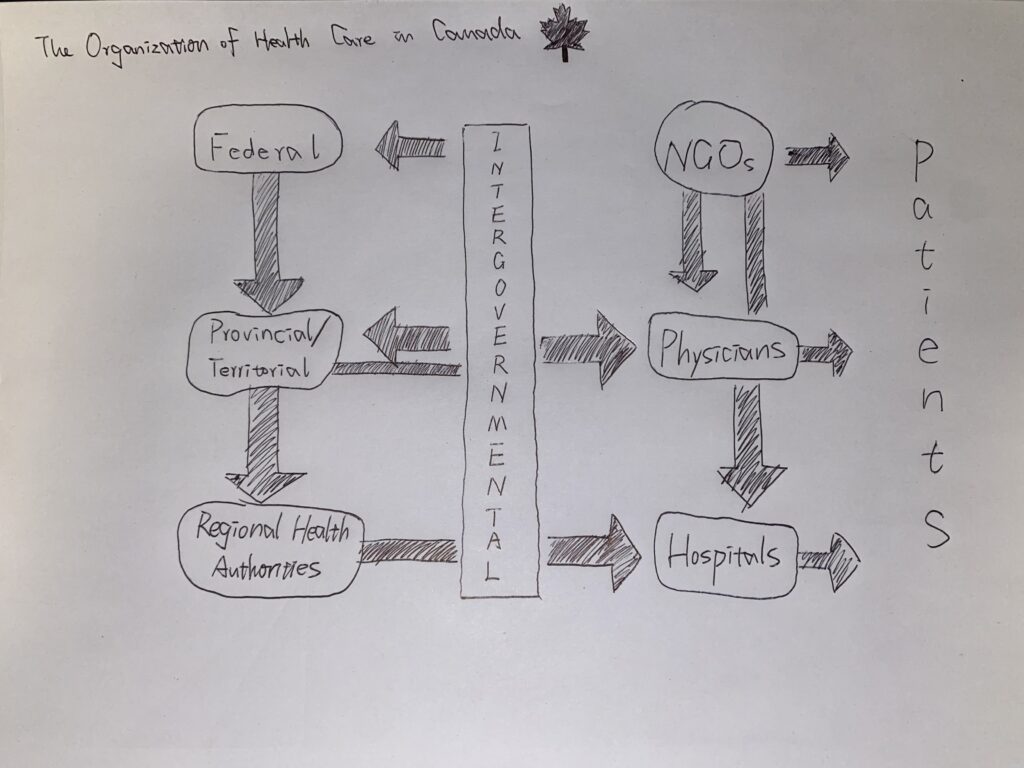Generally, I used to take notes to record the content explained by the teacher, or record the important content in the ppt for later review. Most of the content is text. This has led to a very serious problem that there are very few ideas or content of my own in the notes, so that I can’t always find what I am looking for when reviewing.
After learning sketchnoting in the third week, I found that it is a very useful and efficient way of taking notes. Sketchnotes are rich visual notes created from a mix of handwriting, drawings, hand-drawn typography, shapes, and visual elements like arrows, boxes, and lines. It can better allow me to record what I have learned in my own way, and I will never forget the position of the note again.
I am a person who likes to draw very much, so sketchnoting makes me feel that taking notes is not so boring. I use this to take my notes in painting class this semester, this allows me to learn in a more intuitive way. It makes me no longer constrained to use the form of words to record what I have learned. The biggest advantage of this is that when I see what I have drawn, I can immediately recall the thoughts and practices when I recorded these contents. When I don’t look at the notes but simply recall what I’ve studied, these images can also appear in my mind to help me recall.
In The Cambridge Handbook of Multimedia Learning, Wolfgang Schnotz wrote: “What is multimedia learning? From a psychological point of view, the core of multimedia learning is the combined comprehension of text and pictures. This does not necessarily require high technology. Multimedia learning is also possible with printed books or blackboards instead of computer screens and with the human voice instead of loudspeakers. Multimedia learning is therefore not a modern phenomenon.” I think this is very similar to skethnoting. They both combine graphics and text to make it easier for people to understand the knowledge they need to learn.
This is my sketchnotes I did from my painting class and my health economic class.


Reference:
Van Merriënboer, J., & Kester, L. (2014). The Four-Component Instructional Design Model: Multimedia Principles in Environments for Complex Learning. In R. Mayer (Ed.), The Cambridge Handbook of Multimedia Learning (Cambridge Handbooks in Psychology, pp. 104-148). Cambridge: Cambridge University Press. doi:10.1017/CBO9781139547369.007
Leave a Reply
You must be logged in to post a comment.